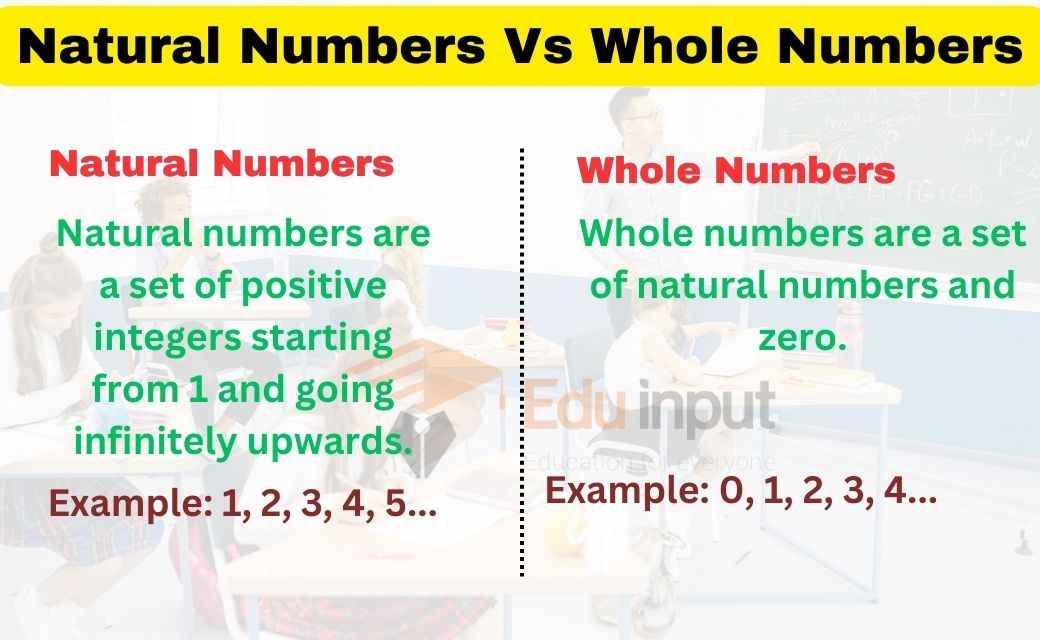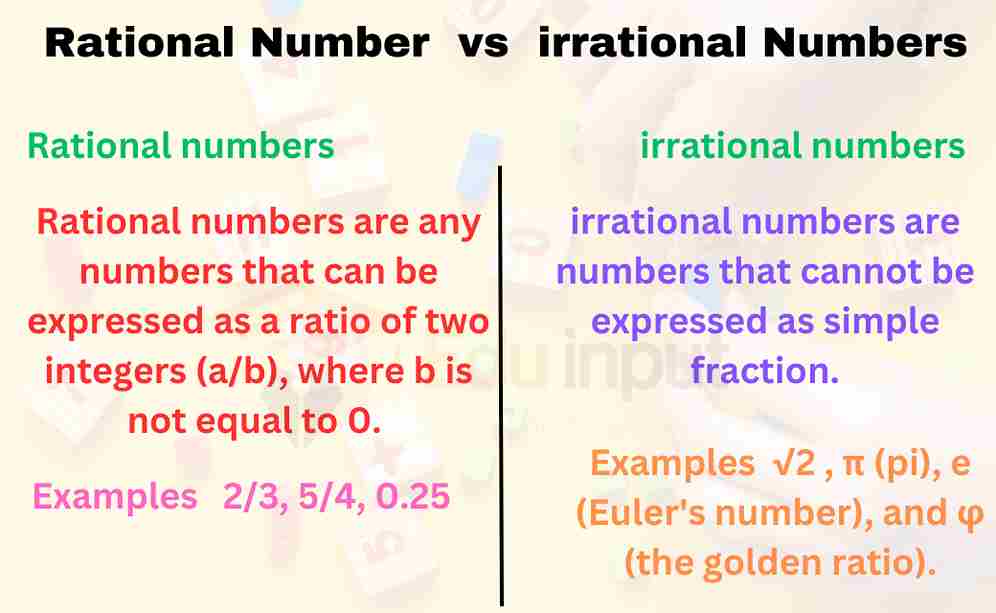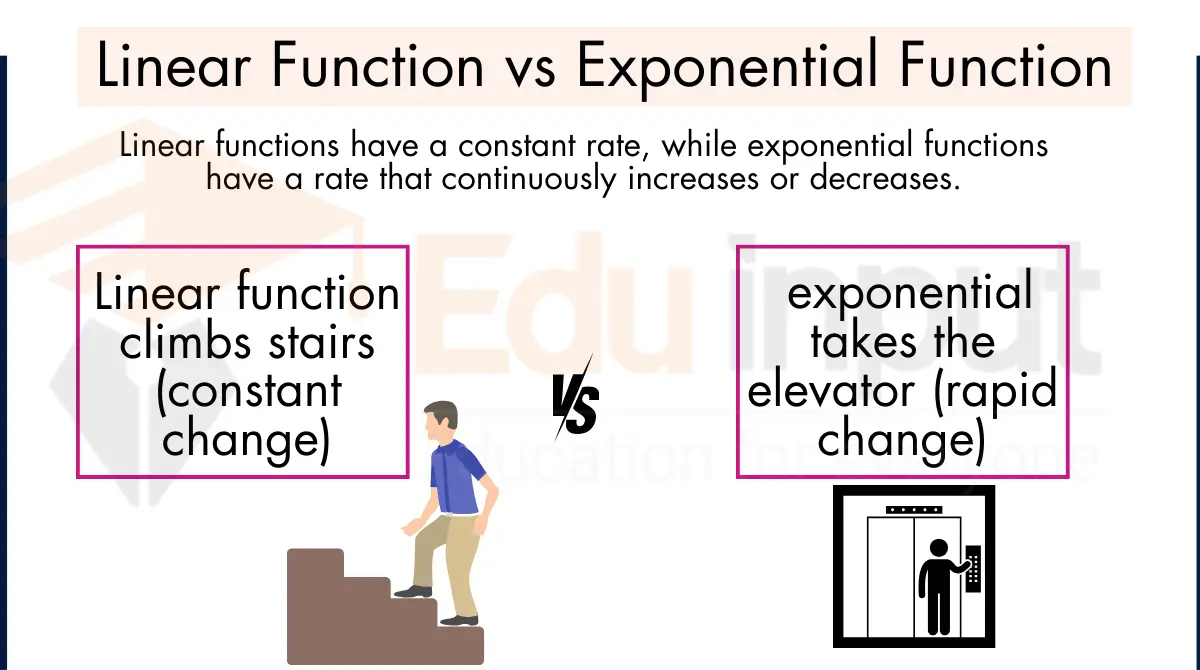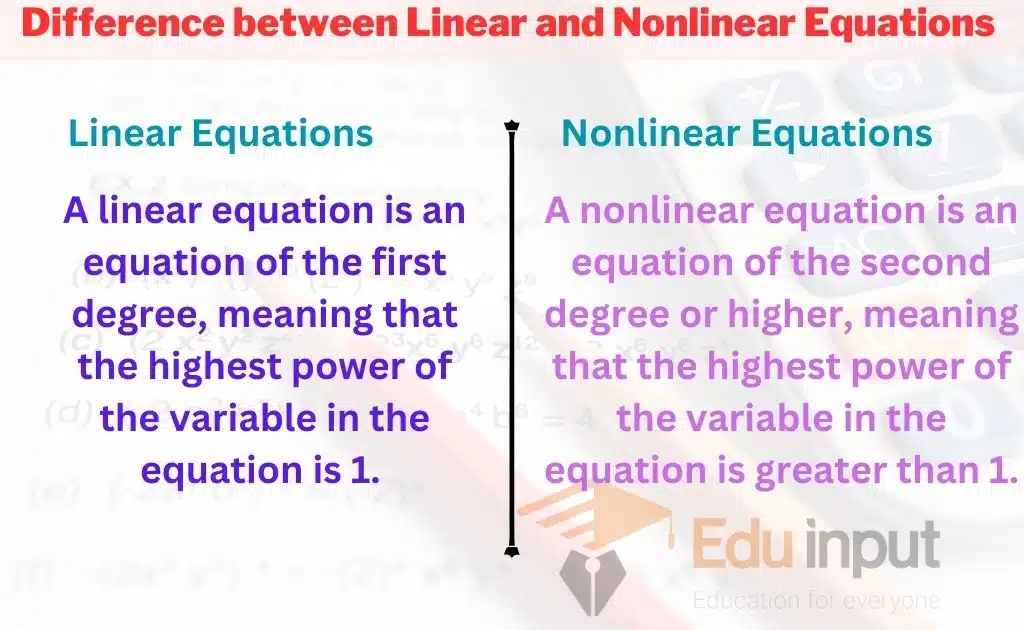Difference Between Fractions and Rational Numbers
If you’re studying math, you might have come across the terms “fraction” and “rational number” frequently. Although these two terms are often used interchangeably, they are not the same thing. In this article, we’ll explore the difference between a fraction and a rational number and explain why it’s important to know the distinction.
Difference between a Fraction and a Rational Number
The main difference between a fraction and a rational number is that a fraction is part of a whole, while a rational number can be any number that can be expressed as a fraction. In other words, all fractions are rational numbers, but not all rational numbers are fractions.
For example
5 is a rational number but not a fraction because it can’t be expressed as a fraction with an integer numerator and denominator. On the other hand, 1/2 is both a fraction and a rational number because it can be expressed as a fraction with
On the other hand, 1/2 is both a fraction and a rational number because it can be expressed as a fraction with an integer numerator and denominator.
Another difference between fractions and rational numbers is that fractions always have a specific place value, while rational numbers can be represented in different ways. For example, 1/2 is always 0.5 in decimal form, while 0.5 can also be represented as 50/100, 5/10, or even 10/20.
Is a fraction a rational number?
Yes, all fractions are rational numbers
Can a rational number be negative?
Yes, rational numbers can be either positive or negative
Is 0 a rational number?
Yes, 0 is a rational number because it can be expressed as the fraction 0/1.
How do you add or subtract rational numbers?
To add or subtract rational numbers, simply add or subtract the numerators and keep the same denominator.
How do you convert a fraction to a rational number?
To convert a fraction to a rational number, express the fraction as a ratio of two integers by multiplying or dividing the numerator and denominator by the same number.







Leave a Reply